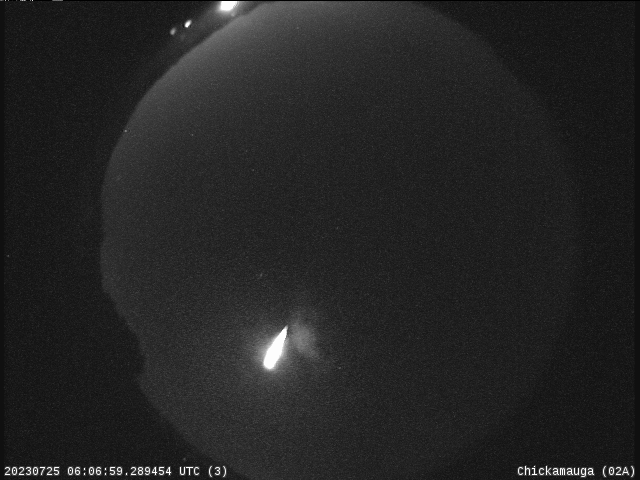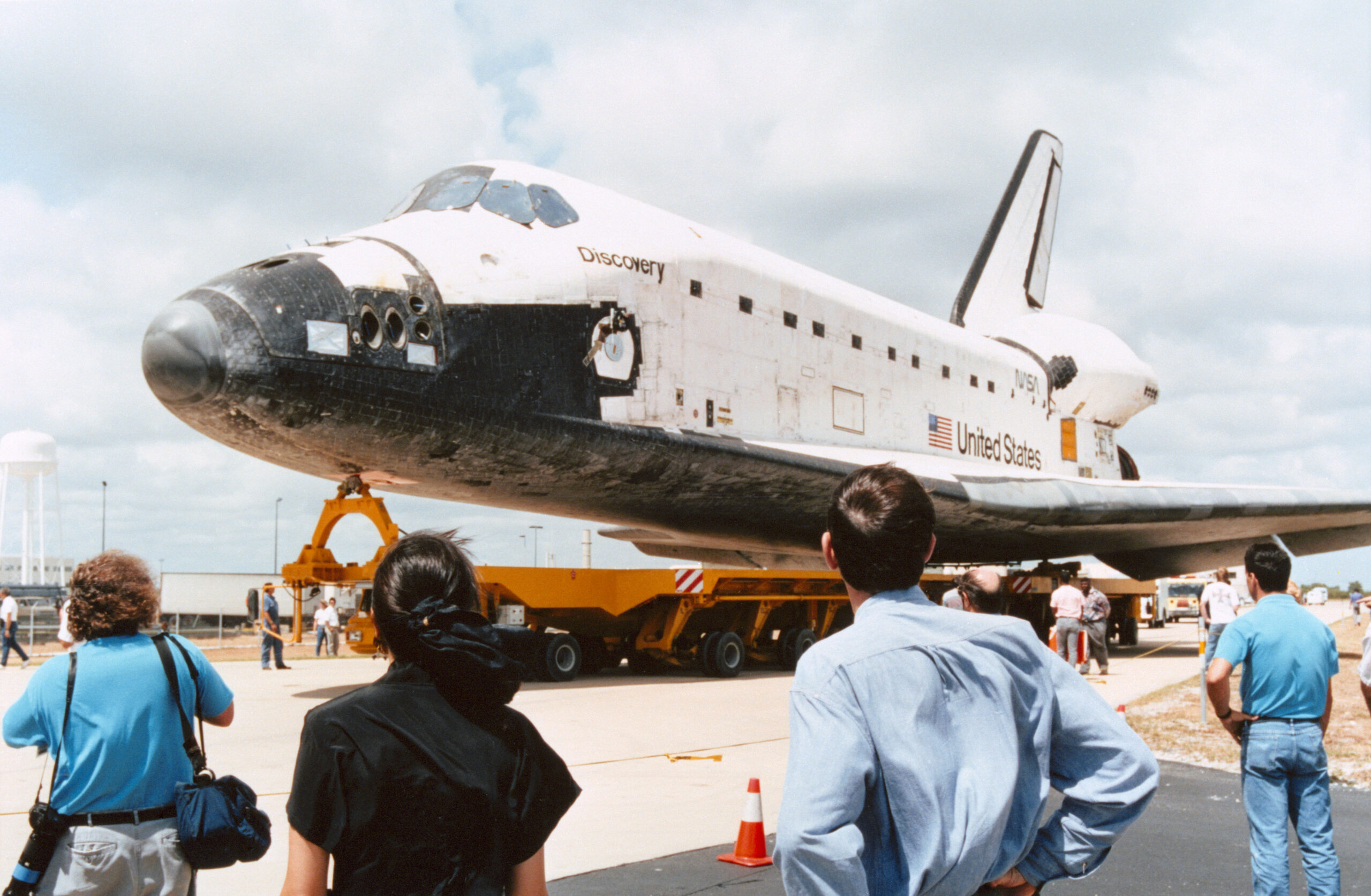The NASA All Sky Fireball Network is already detecting the first meteors of this year’s Perseid meteor shower! The meteor shower peaks on the night of August 12 as the Earth passes through the dustiest debris of comet Swift-Tuttle’s trails.

The Perseid meteor shower is often considered to be the best meteor shower of the year due to its high rates and pleasant late-summer temperatures. Unlike last year’s shower coinciding with the full moon, this year’s moon will be a waning crescent, allowing even some of the fainter meteors to be seen.
So, how many can you see?
“People in the U.S. can reasonably expect to see around 40 Perseids in the hour just before dawn on the peak nights. That’s about one every couple of minutes, which is not bad,” said Bill Cooke, who leads NASA’s Meteoroid Environment Office. “However, we are assuming you are out in the country, well away from cities and suburbs.”
The brighter skies of suburban areas greatly reduce the rates, with 10 or fewer expected in an hour.
You can see the Perseid meteor shower best in the Northern Hemisphere. All you need to catch the show is a clear sky, darkness, and a bit of patience. You don’t need to look in any particular direction; meteors can generally be seen all over the sky.

The Perseids appear to radiate from a point in the constellation Perseus, and each meteor has a similar orbit. Meteor showers take their name from the location of their point of origin, or what is known as the radiant.

Fun fact:
The Perseid meteor shower is the only meteor shower to delay a Space Shuttle launch. In 1993, the NASA – STS-51 launch was delayed due to concerns about the Perseid meteor shower activity being forecast to be extremely heavy, increasing the chance that a spacecraft in Earth orbit could be damaged by a piece of the debris.
By Lauren Perkins
NASA Marshall Space Flight Center
